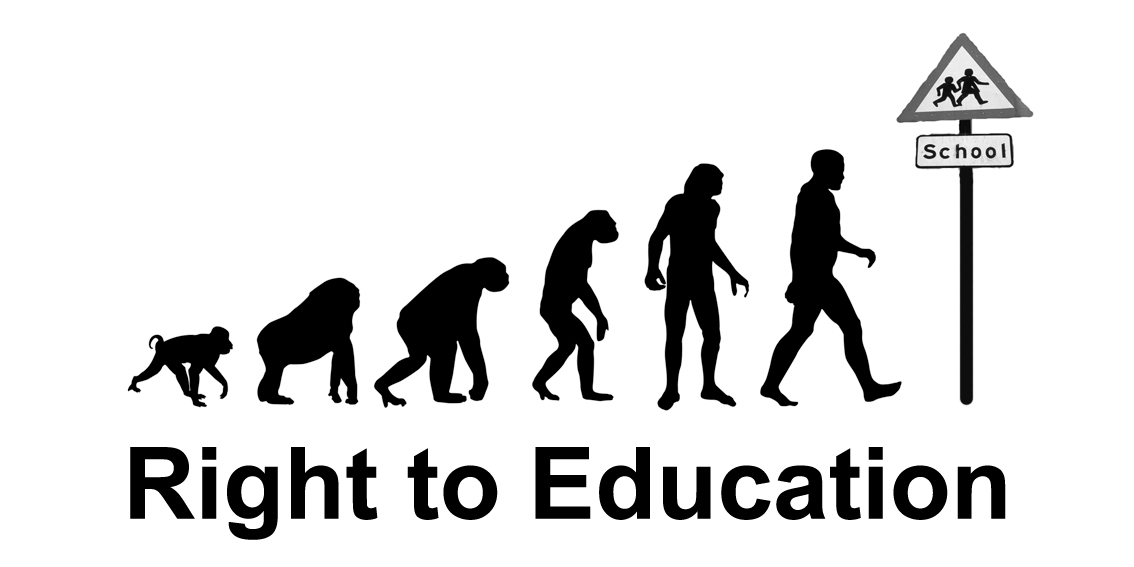Is Education a Fundamental Right?
The history of an obscure Supreme Court ruling sheds light on the ongoing debate over schooling and immigration.

Before sunrise on a morning just after Labor Day, 1977, Humberto and Jackeline Alvarez, Felix Hernandez, Rosario and Jose Robles, and Lidia and Jose Lopez huddled together in the basement of the United States Courthouse in Tyler, Texas, the Rose City, to decide just how much they were willing to risk for the sake of their children, for the sake of other people’s children, and for the sake, really, of everyone. Among them, the Alvarezes, Hernandez, the Robleses, and the Lopezes had sixteen children who, the week before, had been barred from entering Tyler’s public schools by order of James Plyler, Tyler’s school superintendent. On the first day of school, Rosario Robles had walked her five children to Bonner Elementary, where she was met by the principal, who asked her for the children’s birth certificates, and, when she couldn’t provide them, put her and the kids in his car and drove them home.
This hadn’t been the principal’s idea, or even Plyler’s. In 1975, when Texas passed a law allowing public schools to bar undocumented immigrants, Plyler ignored it. “I guess I was soft-hearted and concerned about the kids,” he said. Also, there weren’t many of them. About sixteen thousand children went to the schools in the East Texas city of Tyler, which considered itself the rose-growing capital of America and was named for John Tyler, the President of the United States who had pushed for the annexation of Texas in 1844, which led to a war with Mexico in 1846. Of those sixteen thousand students, fewer than sixty were the children of parents who had, without anyone’s permission, entered the United States from Mexico by crossing a border established in 1848, when the war ended with a treaty that turned the top half of Mexico into the bottom third of the United States. Jose Robles worked in a pipe factory. Humberto Alvarez worked in a meatpacking plant. They paid rent. They owned cars. They paid taxes. They grew roses.
Nevertheless, in July of 1977 Tyler’s school board, worried that Tyler would become a haven for immigrants driven away from other towns, insisted that undocumented children be kicked out of the city’s schools unless their parents paid a thousand dollars a year, per child, which few of them could afford, not even the Robleses, who owned their own home. Turned away from Bonner Elementary, the Robleses sent some of their kids to a local Catholic school—Jose did yard work in exchange for tuition—but they were put in touch with the Mexican American Legal Defense and Educational Fund, which sent an attorney, Peter Roos, who filed a lawsuit in the U.S. Eastern District Court of Texas. It was presided over by a judge whose name was Justice. “There were two judges in Tyler,” Roos liked to say. “You got Justice, or no justice.”
Participating in a lawsuit as an undocumented immigrant is a very risky proposition. In a closed-door meeting, Roos asked that the parents be allowed to testify in chambers and so avoid revealing their identities, which could lead to deportation. They had come to the courthouse knowing that, at any moment, they could be arrested, and driven to Mexico, without so much as a goodbye. Judge William Wayne Justice refused to grant the protective order. “I am a United States magistrate and if I learn of a violation of the law, it’s my sworn duty to disclose it to the authorities,” he said. Roos went down to the basement, near the holding cells, to inform the families and give them a chance to think it over. They decided to go ahead with the suit, come what may. Justice did make efforts to protect them from publicity, and from harassment, decreeing that the Continue reading: Is Education a Fundamental Right? | The New Yorker

